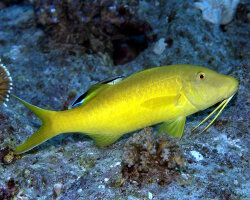Sealife guideThe european conger eelConger conger
Last updated on 08/21/2024 at 10:42 PM
Taxonomy
- Common name: European conger eel
- French name: Congre, congre commun, anguille de mer
- Spanish name: Congrio común
- Scientific name: Conger conger (Linnaeus, 1758)
- Family name: Congridae
- Order name: Anguilliformes
- Class name: Actinopterygii
Description
The European conger eel can reach up to 10 feet in length for females and 3.3 feet for males.
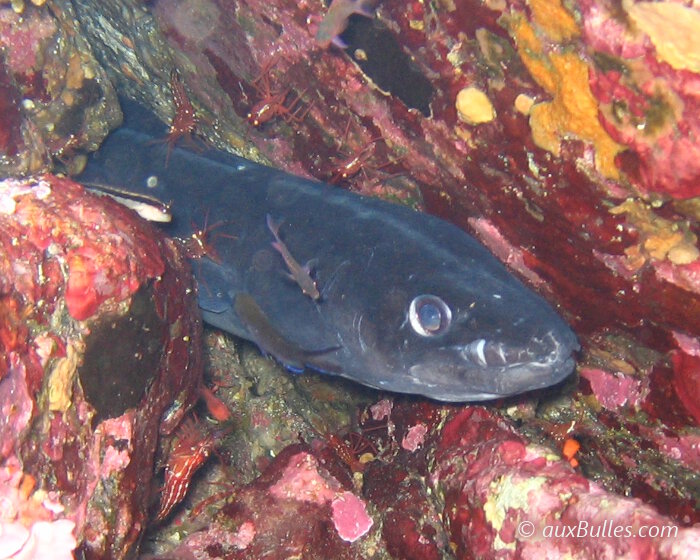
The color of the European conger eel ranges from gray to black with a lighter underside
Similarly, the European conger eel can weigh up to 220 pounds for females and 66 pounds for males.
The European conger eel has an elongated body similar to that of an eel. Cylindrical at the head, its body flattens out towards the tail.
The European conger eel is characterized by a continuous fin around its body and a smooth, scale-less skin.
Its color ranges from gray to black with a lighter underside.
Geographic range
The European conger eel is found in the North Sea, the eastern part of the Atlantic Ocean, as well as in the Mediterranean Sea and the Black Sea.
Habitat
The European conger eel lives in rocky crevices. It is not uncommon to find it in shipwrecks.
The European conger eel can be found at depths ranging from 33 to 200 feet, and even at several hundred feet deep.
Diet
Hidden during the day, the European conger eel comes out at night to hunt. It primarily feeds on fish,
crustaceans and octopuses.
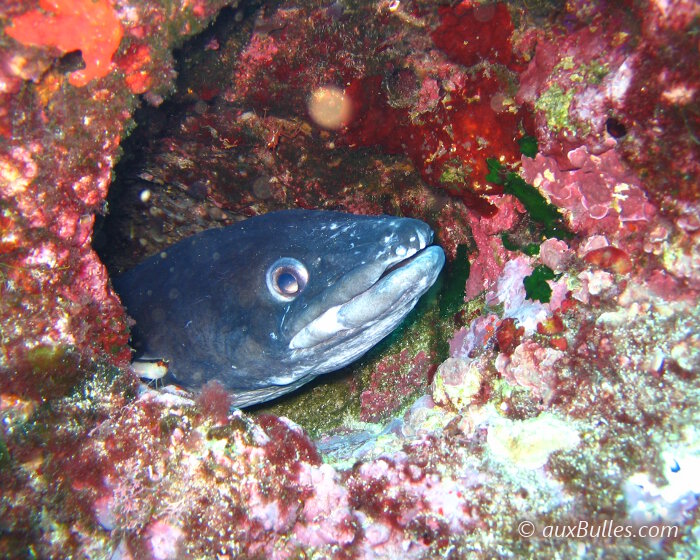
Hidden during the day, the European conger eel comes out at night to hunt
Reproduction
The female European conger eel spawns her eggs in the summer at great depths.
Did you know ?
The female European conger eel can lay up to 8 million eggs.
After laying all her eggs and ensuring the survival of the species, the female European conger eel does not survive the pressure at such great depths.
The european conger eel is listed as many other marine species within The
IUCN Red List of threatened species. The european conger eel appears in the
IUCN Red List since 2015 within the category Least Concern !
Tips for observing
Concealed in its shelter, the European conger eel is a fish that can be easily observed.
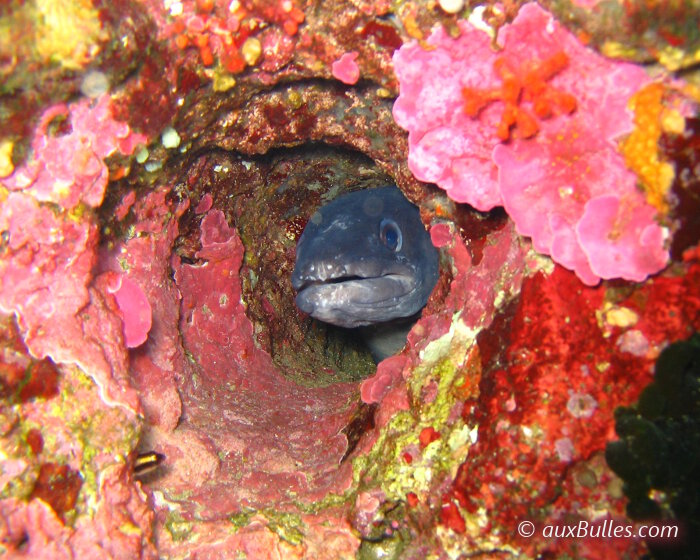
Concealed in its shelter, the European conger eel is a fish that can be easily observed
Preferred hiding spots include any crevice and shipwrecks with their numerous hiding places.
Discover also
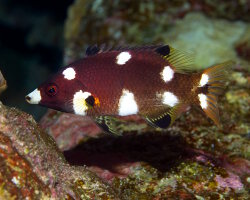
Axilspot hogfish
(Bodianus axillaris)
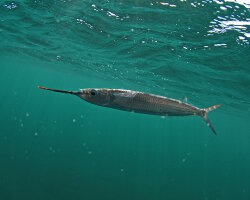
Ballyhoo
(Hemiramphus brasiliensis)
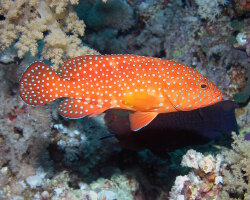
Coral grouper
(Cephalopholis miniata)
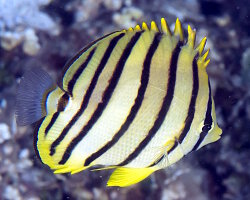
Eightband butterflyfish
(Chaetodon octofasciatus)
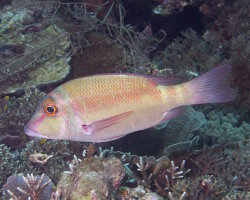
Longfin emperor
(Lethrinus erythropterus)
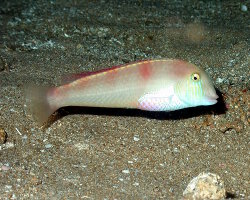
Pearly razorfish
(Xyrichtys novacula)
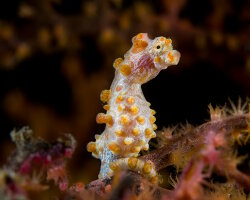
Pygmy seahorse
(Hippocampus bargibanti)
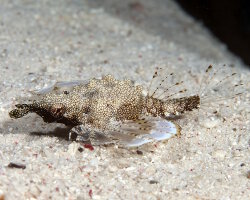
Short dragonfish
(Eurypegasus draconis)
The marine species from Mediterranean sea
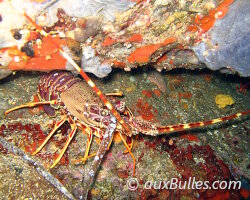
European spiny lobster
(Palinurus elephas)
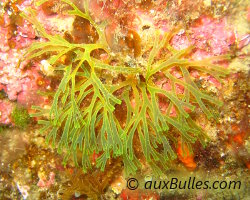
Forkweed
(Dictyota dichotoma)
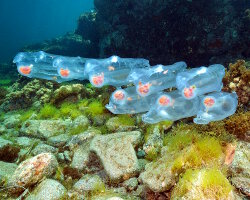
Giant salp
(Salpa maxima)
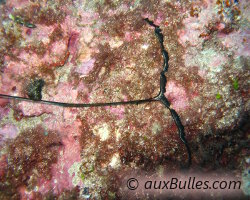
Green spoon worm
(Bonellia viridis)

John dory
(Zeus faber)
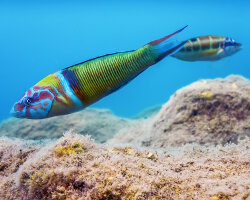
Ornate wrasse
(Thalassoma pavo)
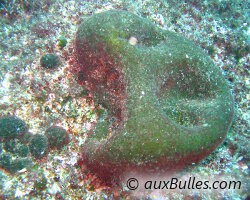
Purse codium
(Codium bursa)

Saddled seabream
(Oblada melanurus)























